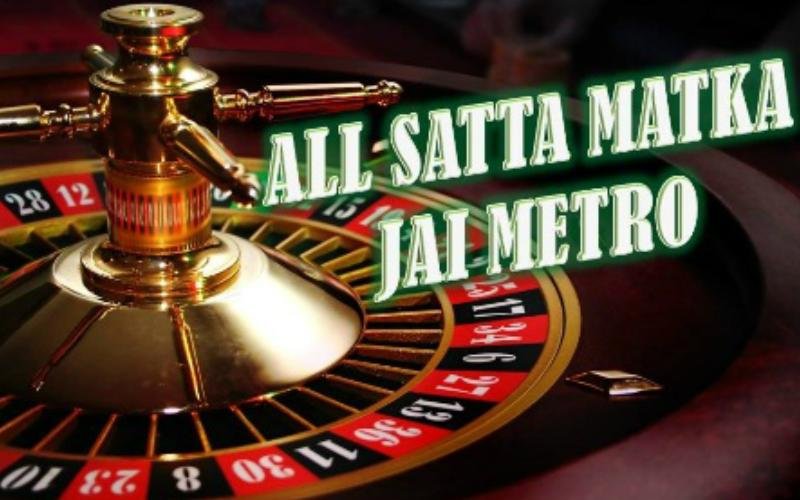Satta Matka, also known as Matka gambling or satta, was a full-fledged lottery game that began in the era after Indian Independence. It was known as ‘Ankada Jugad’ at the time. It changed over the decades and became really dissimilar from what it was at the start, but the term’matka’ remained with this form of gambling. Matka gambling in contemporary times is predicated on randomized numeric selections and wagering.

Formerly, the gambling activity entailed betting on the opening and closing prices of cotton traded between the New York Cotton Exchange and the Bombay Cotton Exchange. This commodity was subsequently substituted by other goods, including playing cards.
Satta Matka is now illegal in India if arranged and done for physical cash. Nevertheless, its enormous attractiveness has prompted the iGaming and lottery communities to develop virtual adaptations that obey the regulations more or less and allow you to play the game lawfully.
History of Satta Matka
This began in the pre-independence Indian state of Maharashtra, in the city of Bombay. The idea arose as a result of the thriving garment factories in Bombay around 1854. Gambling on numerals was widespread with factory employees, who considered gambling a way of unwinding and relaxing. Participants would wager cash on cotton opening and closing rates broadcasted by teleprinters between the Bombay Cotton Exchange and the New York Cotton Exchange. Anyone who guessed the prices right got the prize.
Following India’s freedom in August 1947, the basic guessing game evolved into the gigantic sweepstake that was extensively enjoyed throughout the region and even outside its boundaries. Ankada Jugar reached a tipping point in 1961 when the New York Cotton Exchange stopped broadcasting rates.
Participants began to hunt for options to keep gambling on things in order to maintain the entity afloat. Ratan Khatri, a Sindhi migrant from Karachi, Pakistan, conceived the idea of wagering on the opening and closing rates of fictitious items at that time.
This new game involved a huge clay pot (matka) packed with bits of paper with numbers that ranged from 0 to 9.
To determine the winning numbers, a dealer (Matka King) would pick a chit off the pot. And that’s how Ankada Jugad came to be known as Matka.
After this initial modification, the game further developed. The chits were then gradually replaced by playing cards, three of which were drawn for each player. Nevertheless, the moniker ‘Matka’ was kept in commemoration of the game’s prominence.
Further Modifications
A farmer Kalyanji Bhagat who hailed from the state of Gujarat founded the Worli Matka in 1962 and brought about other improvements. Once again though in 1964, Ratan Khatri developed the New Worli Matka, this time with changes that favored the participants and gave them better odds of winning.
As a result, the New Worli Matka significantly outperformed Bhagat’s Worli Matka, despite the fact that it was also held all the days of the week while the former was just organized 5 days a week from Monday to Friday. The frequency didn’t really matter to the participants as provided as the chances of winning were in their favor.

